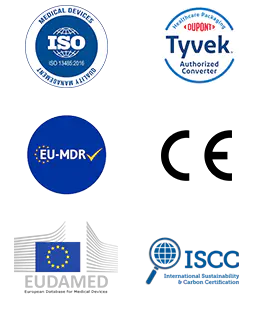1. Safety operation specifications
Before using the manual sealing machine, you need to confirm whether the power supply voltage is within the correct range and ensure that the current carrying capacity of the socket is greater than 10A. The machine should use a grounded power socket to prevent the risk of leakage. It is forbidden to place metal objects under the sealing head during operation to avoid short circuit or damage to the equipment. Operators should wear protective gloves and work clothes and stay away from the high temperature area of the sealing. After the sealing machine is heated, it is forbidden to touch it directly to avoid burns. During operation, do not put your hands into the sealing area to prevent mechanical pinching.
2. Maintenance and inspection
After use, wipe the sealing strip and the body with a damp cloth to remove residual plastic or stains to avoid hot melt adhesive accumulation affecting the sealing effect. Corrosive solvents such as gasoline and thinners are prohibited during cleaning. Check the wear of the sealing strip regularly. If cracking or hardening occurs, replace it in time. At the same time, check whether the power cord is damaged, ensure that the fuse specification is 5A, and do not replace it beyond the specification.
3. Material adaptability
Adjust the machine temperature and time according to the packaging material. Before use, make sure that the packaging bag is wrinkle-free, clean and dry. For liquid packaging, choose a special leak-proof bag. Before formal sealing, a test seal should be performed to observe whether the seal is flat and firm. If white mist or edge curling occurs, the temperature needs to be increased; if horizontal ripples or bubbles appear, the temperature needs to be lowered. After adjustment, the parameters need to be locked to avoid frequent changes.

 English
English Français
Français Deutsch
Deutsch Nederlands
Nederlands


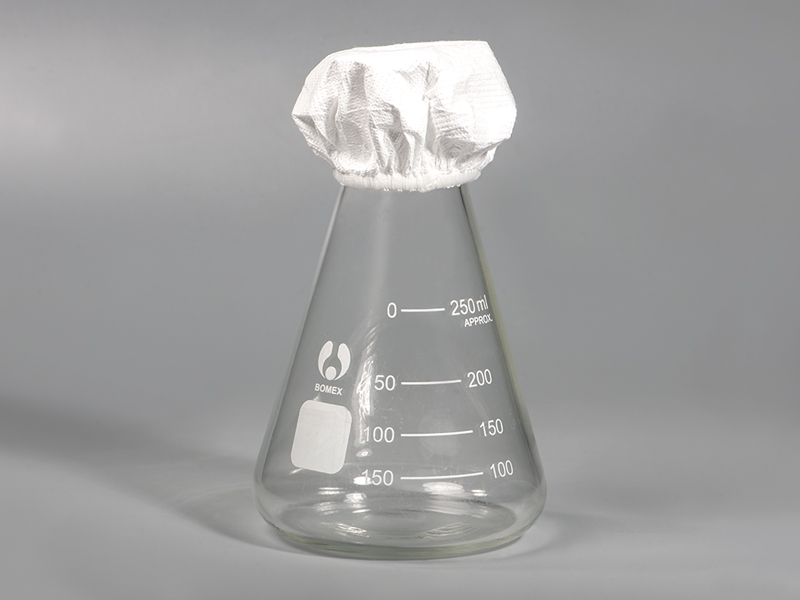
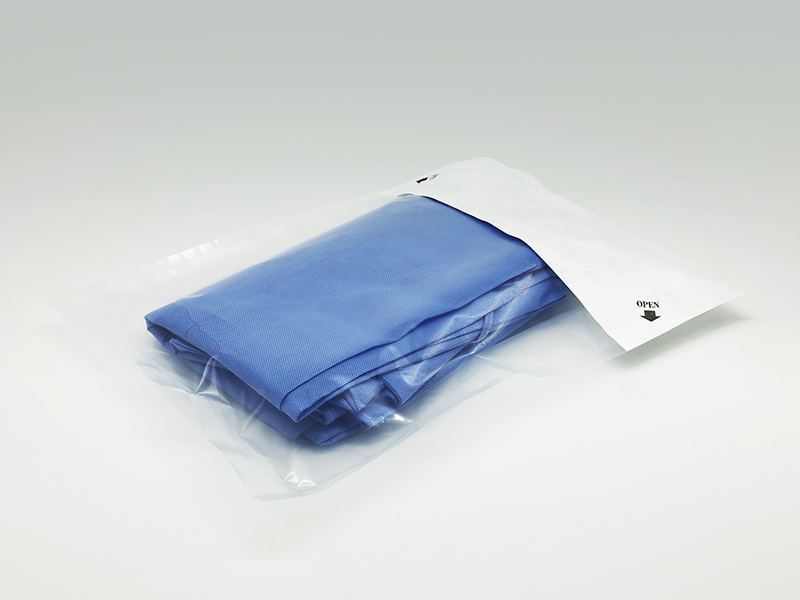


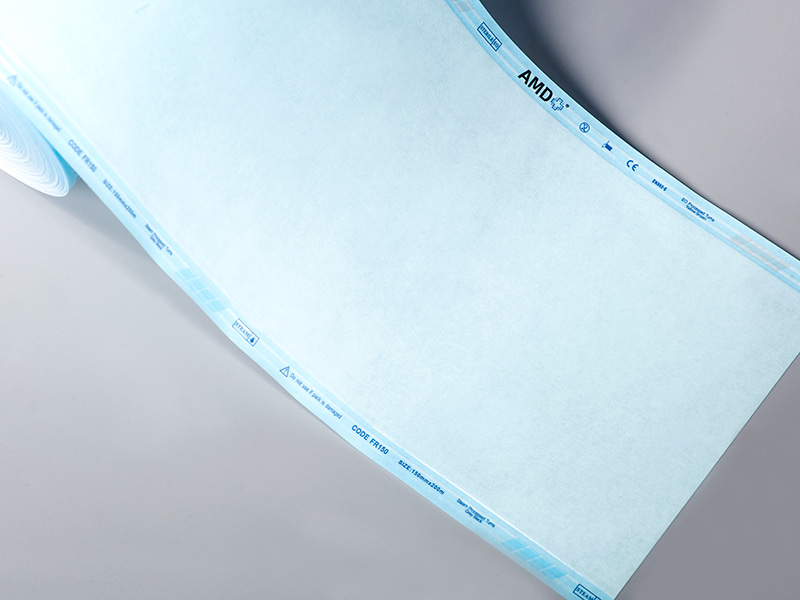
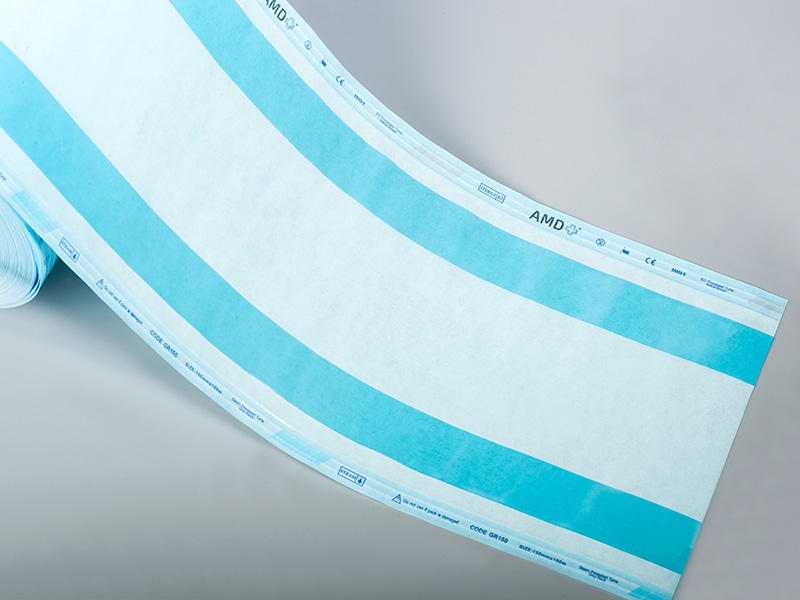
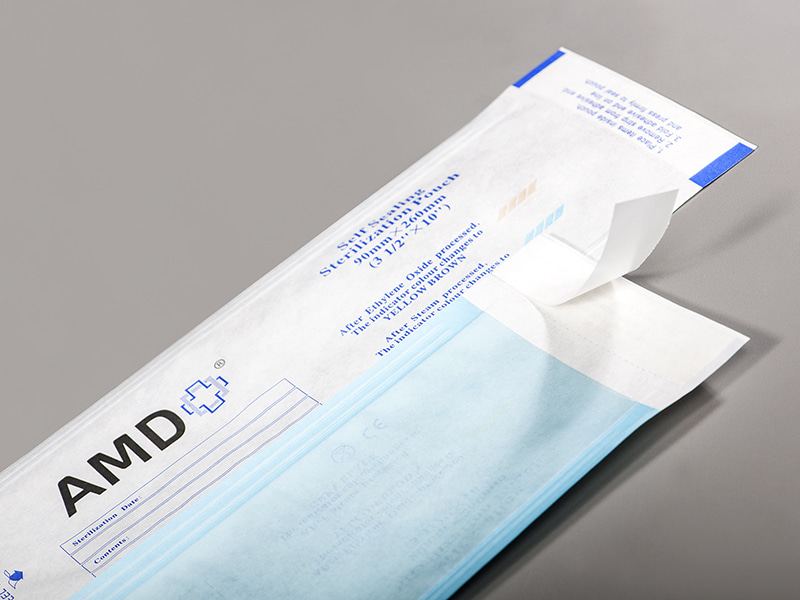
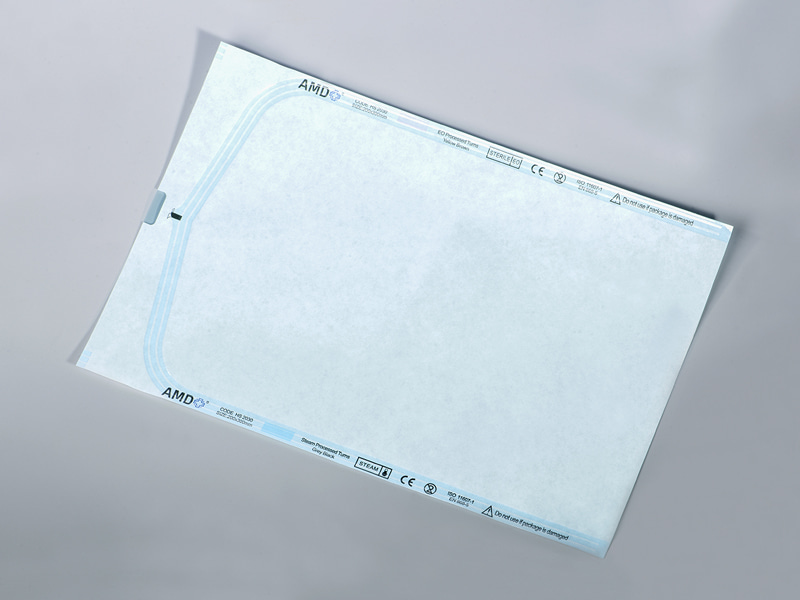
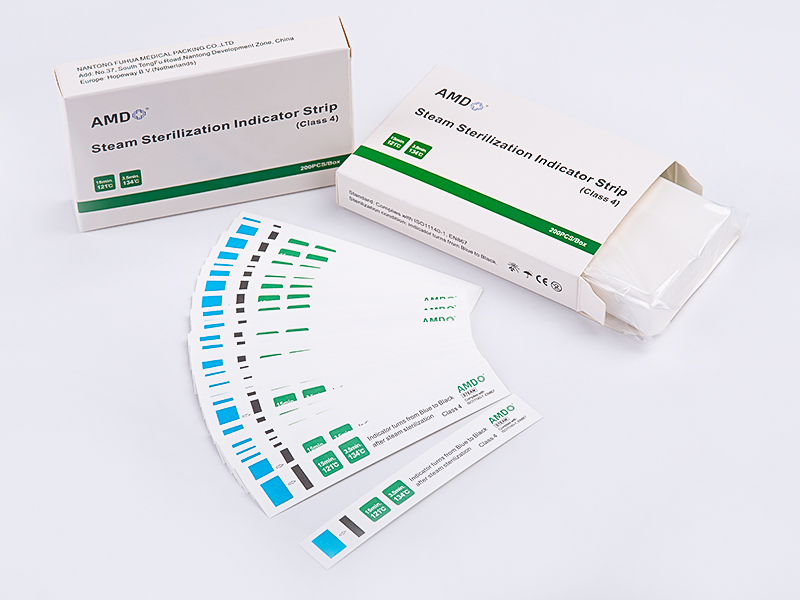
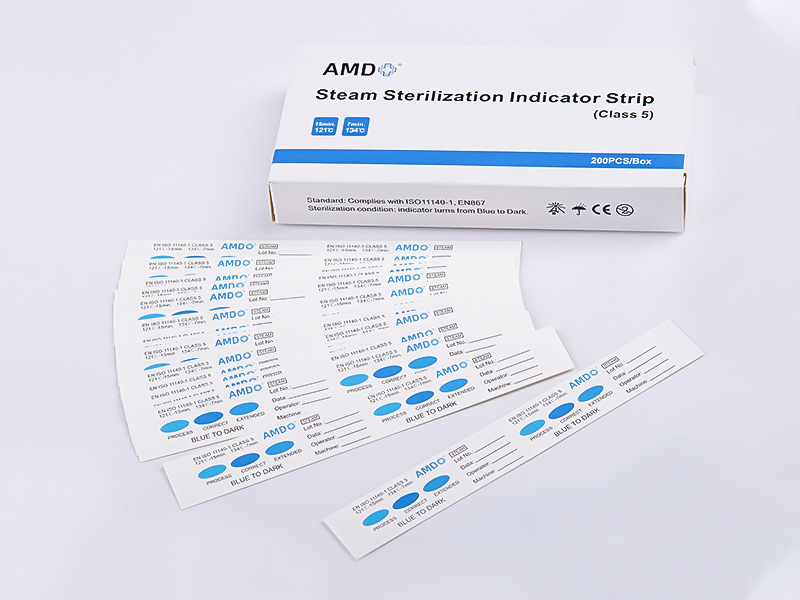

 ‘s-Gravenweg 542, 3065SG RotterdamThe Netherlands
‘s-Gravenweg 542, 3065SG RotterdamThe Netherlands
 +31 (0)10 254 28 08
+31 (0)10 254 28 08
